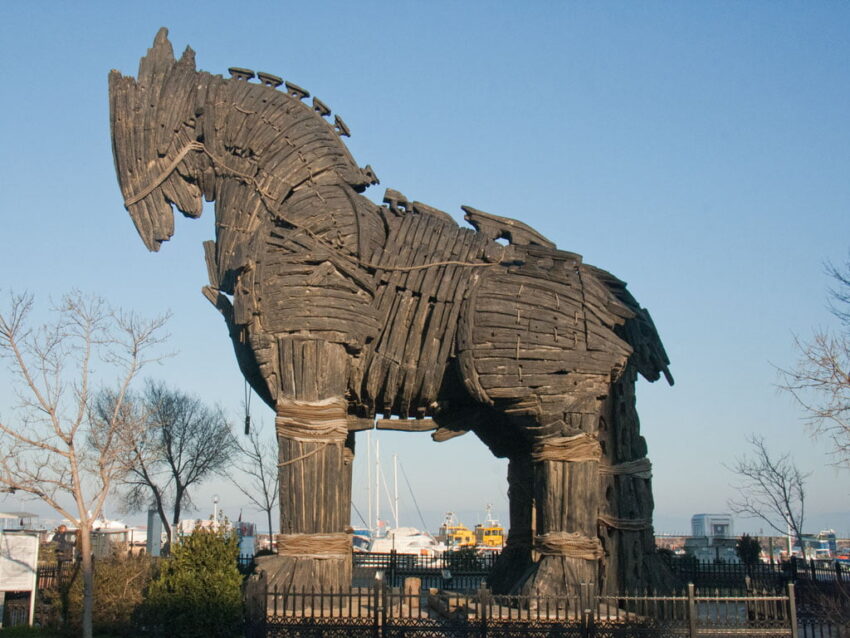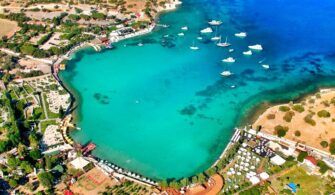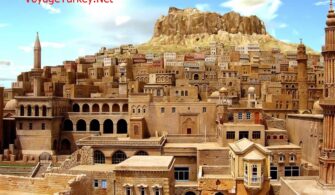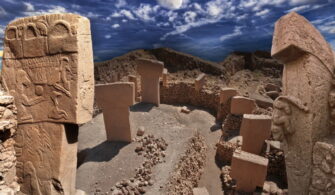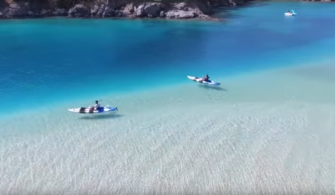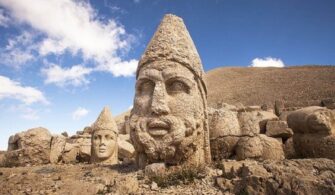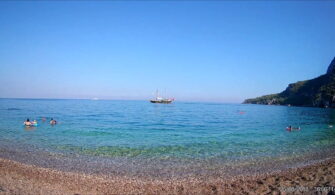Known as Hellespontos and Dardanel in ancient times, Çanakkale is a settlement area since 3000 BC.
Çanakkale is one of the culture and tourism centers of our country with its nature, people’s hospitality, unique buildings, ancient cities, historical city walls, martyr’s cemeteries, civil architecture examples, clean coastlines and beaches with blue flag, fascınating islands, thermal springs, equable climate, various agricultural products, regional cuisine, fresh and assorted fishes, handicrafts, folklore and artists.
History of Canakkale
Çanakkale has been the target of various migration and invasion movements as it is one of the two gateways that connect Asia and Europe and the Mediterranean and the Black Sea.
Çanakkale came under the sovereignty of the Lydian Kingdom which became a great power in Western Anatolia in the 7th century BC. It was conquered by the Persians in the 5th century BC and by Alexander the Great in 334 BC. Subsequent to the death of Alexander the Great, the region came under the sovereignty of the Romans in the second century BC until 395 AD, after which the Byzantine Period began. Arab and Crusader invasions followed the Byzantine Period. In the I4th century, the Karasioğulları, a Turkish tribe, came into the region and made Balıkesir their capital.
Ottoman Sultan Mehmet the Conqueror founded and developed the city of Çanakkale in the 15th century. In the following periods, the city continued to grow thanks to its geographical position.
Geographical Location and Climate of Canakkale
Çanakkale, which is known as “Hellespontos” or “Dardanelles” in ancient years, is located in Marmara and the Aegean regions. Located on the north-western coast of Turkey, Çanakkale, like İstanbul, embraces two continents with one arm reaching out to Asia, Biga Peninsula, and the other Kurope, Gelibolu Peninsula.
The transition climate between the Black Sea and Mediterranean climates is dominating the city. Winters are mild, windy, and rainy, and summers are windy and hot. Daily temperatures in the summer range between 25 ‘C and 35 ‘C. The temperature of the sea is the highest in July and August.
Map of Touristic Places of Çanakkale
Must-See Historical Places of Canakkale
Because of its strategic geographical location, the Çanakkale region (Troas) has seen many invasions throughout its history which goes back to about 5000 BC. The region includes important archeological sites such as Troy, Neandria, Alexandria-Troas, Assos, Chryse, Dardanos, and Lampsakos.
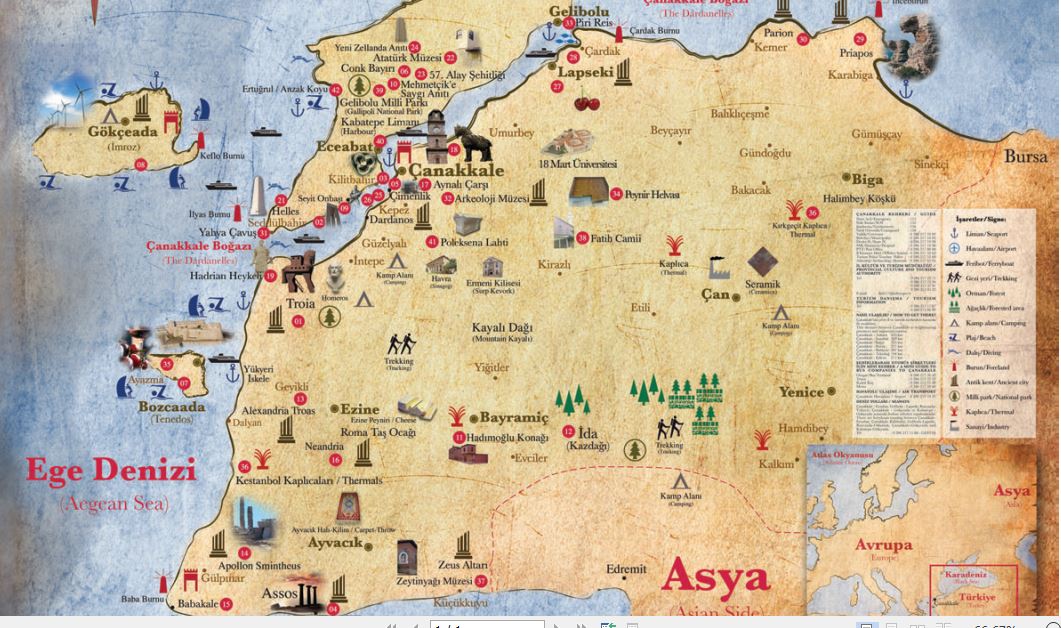
Gelibolu Peninsula where the Gallipoli Campaign which is important and specific in our history and World War history occur, Troy and Assos which are important centers in Western Anatolia of the ancient world are essential tourist and historical values of Çanakkale. The ancient cities which remain from a historical process Trojan War to the Gallipoli Campaign and Sanctorum have embodied the theme of “Peace” to the city’s identity. Çanakkale has done the honors of “Peace.”
Troy, Assos, Parion, Priapos, Alexandria Troas are must-see historical places of Canakkale. You should see Apollon Smintheus Temple.
Best Beaches of Canakkale
The length of the coastline is 671 km and it is Canakkale city where the history and geography come together significantly. With the bays where green and blue meet, clean sea and sheltered beaches, Canakkale offers amazing beauties for sea lovers.
Handicrafts of Canakkale
If you want to buy a souvenir that will remind you here when you visit Canakkale, there are many souvenirs you can buy in Canakkale.
Canakkale Ceramics
Ceramics and pottery are the leading touristic souvenirs of Çanakkale. One of the aspects about the origin of the name of Canakkale is that the name originates from pottery manufacturing in the region from the archaic ages.
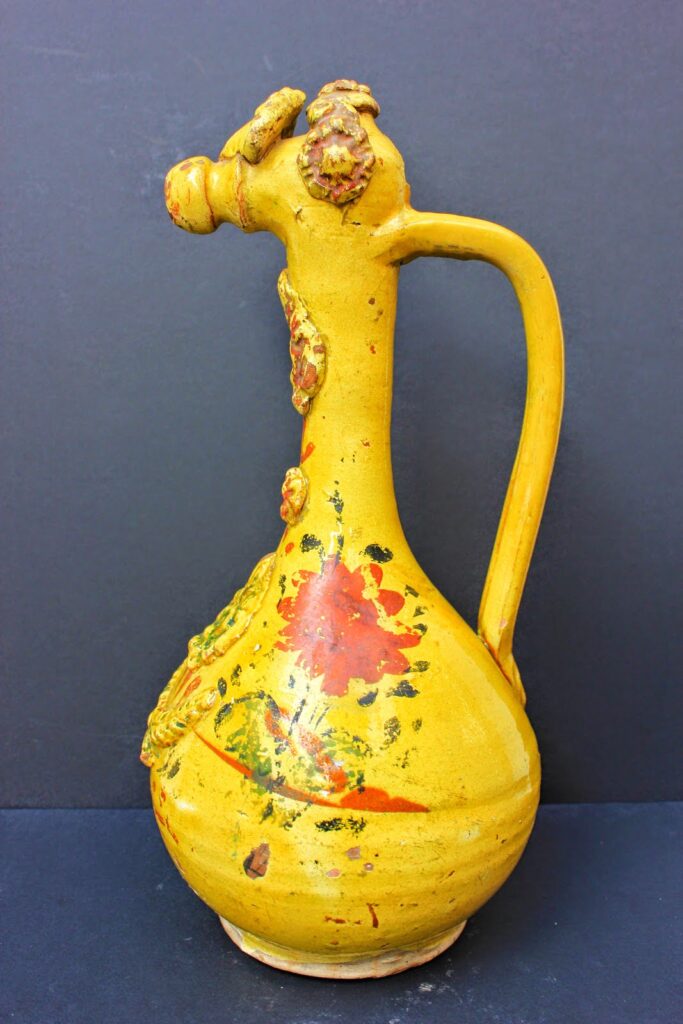
Although the researches show that ceramics have been made since ancient times in Çanakkale, ceramic workmanship developed after the 17th century. The fact that it has high-quality clay deposits has made the region an important pottery production center.
Horsehead test and duck head test and bagel test are the most characteristic forms of Çanakkale ceramics.
Handicraft souvenirs made of ceramics and symbolizing the Trojan Horse are among the most important souvenirs.
Carpet Weaving
Traditional carpet and rug weaving are also very common in Çanakkale. These products, which are produced by traditional methods, are in demand by tourists. Carpet and kilim weaving is common among the nomads in Ayvacık, Ezine, and Bayramiç districts. Weaving was also developed in Yenice and Çan districts. However, the carpets produced in Ayvacik, highly recognized in the international arena and Turkey.
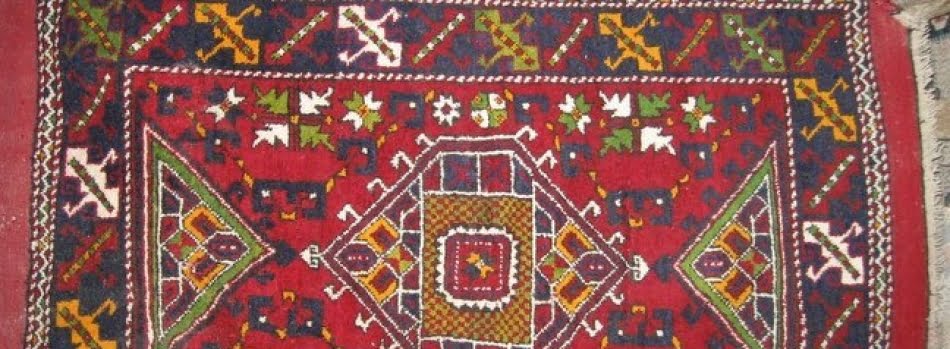
Anatolian motifs are used in weaving carpets and rugs. The basic colors used in these carpets made of 100% wool are red, yellow, green, and blue. Red and blue colors are used on large patterns and floors, green and yellow edges or pattern edges.
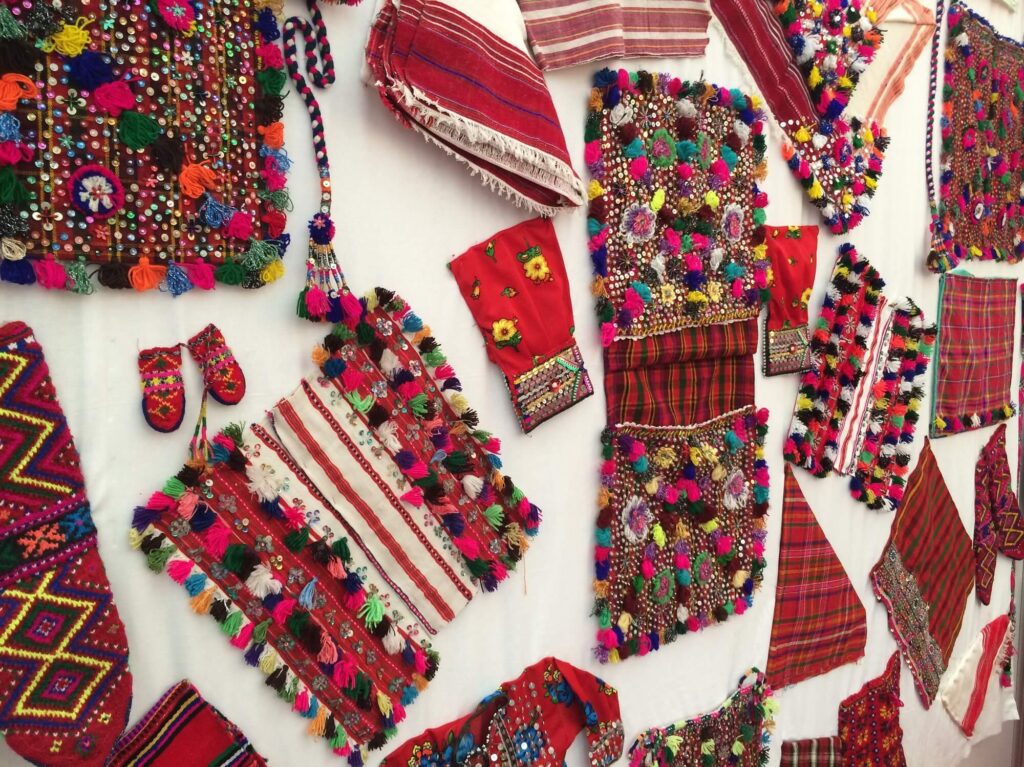
Cloth Woven
One of the traditional handicrafts you can see in the Çanakkale region is cloth weaving. Even though cloth weaving is becoming more and more extinct nowadays, there are still workshops producing touristic weavings by traditional methods.
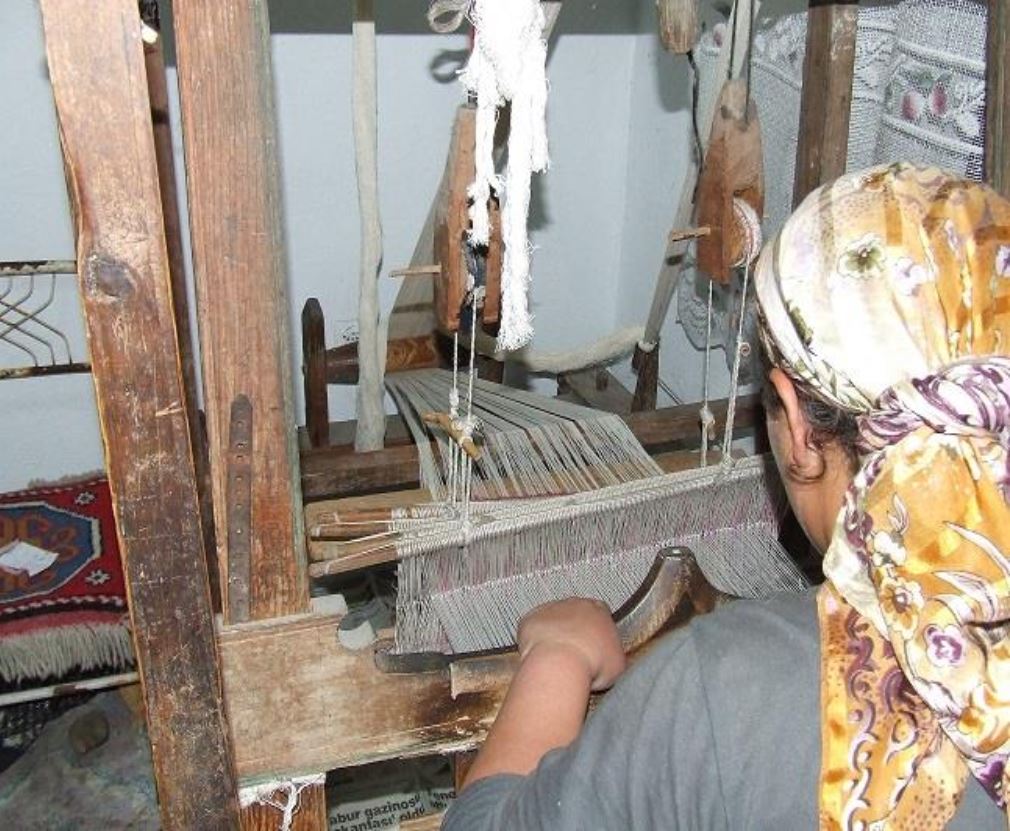
Wooden Spoon Making
One of the traditional handicrafts commonly seen in Çanakkale is wooden spoon making. There are a limited number of masters who make wooden spoons. Maple is used in the construction of wooden spoons. Cuttings, blades, and knives are used in the processing of the tree. Spoons that are smoothed with sandpaper are generally sold in district markets.
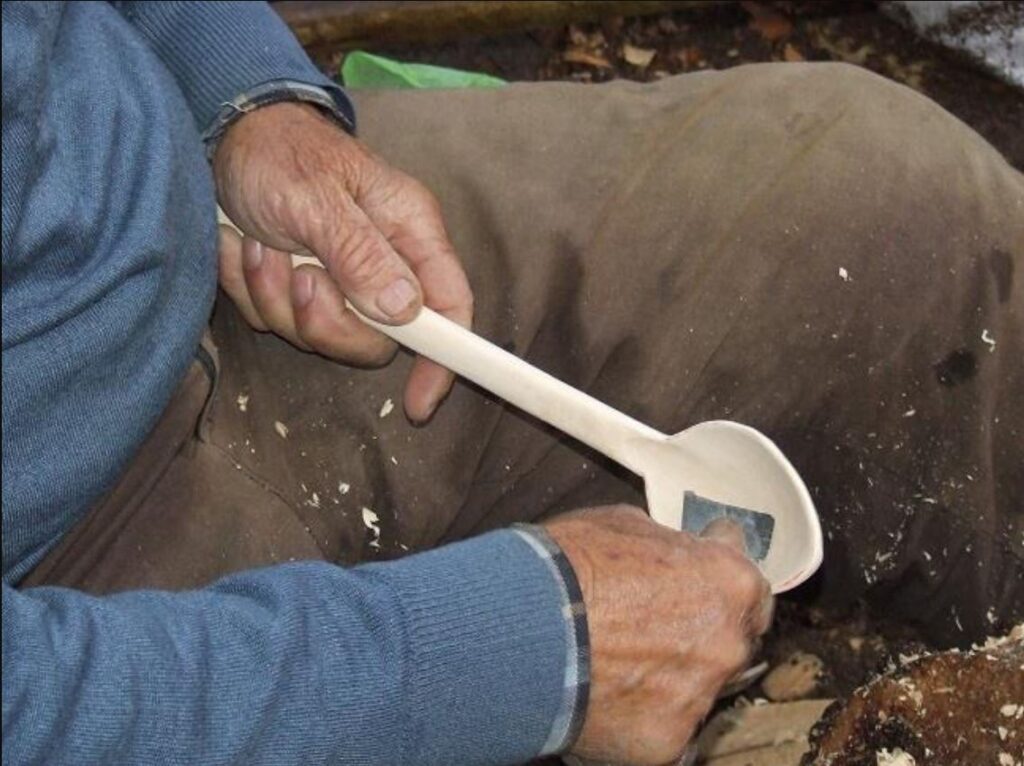
Must Eat Things: What to Eat İn Canakkale
The Canakkale cuisine bears traces of traditional Aegean and Mediterranean cuisine. Therefore, it is not surprising that seafood occupies a large part of Çanakkale cuisine. Among the regional dishes of Çanakkale, seafood and fish varieties are in the foreground.
It is possible to find fresh fish and seafood in each season. Canakkale is a city famous for its sardines. So it is possible to eat sardines in any season of the year. Especially sardines in vine leaves are very famous. Sardines are eaten in all seasons, but in June, July and August, the fish is greasy and more delicious. Therefore, it is recommended to eat during these months. In winter, bluefish is more delicious.
Scorpion soup is prepared by blending scorpionfish with various vegetables and spices. Tumbi is another local dish; made of bulgur, onion, tomato, and eggplant after blending with the oven.
In addition, the halva of Çanakkale is very famous.
The Eceabat district of Çanakkale is famous for its wines. This region has mild climate characteristics. Adding to this mild climate, sea climate, forest air, and the winds of the region, wine production is quite suitable. The characteristics of the region are more advantageous and specific for the selected grape varieties than the most important regions of the world.
You should also taste the wines produced by traditional methods in Gökçeada and Bozcaada. Dugun soup, yogurt roasting, broad bean, piruhi, soup with milk, soup with fish, sarasura, getaway, goce guve dinner, hıdırellez stew, mashed feaves, bean, cheese dessert, Mevlevi dessert, zerde, bask halva, chicken ravioli among other delicacies that you should taste.
Things to Do in Canakkale, Turkey
The Dardanelles are exposed to the wind constantly and regularly. Therefore all around of the Dardanelles but especially the Güzelyalı coast region is good for windsurfing fans.
Do not leave Canakkale without…
* Visiting the Historic National Park of Gallipoli Peninsula,
* Soaking up the atmosphere of the ancient city of ‘Troy,
* Scuba diving in the tranquil waters of Gokceada,
* Seeing the mythological Mount Ida,
* Viewing a spectacular sunset at Assos,
* Tasting tempting regional dishes and locally produced wine,
* Sampling Ezine cheese and olive oil…
Water Sports and Diving in Canakkale
The Troy Culture Route: From Troy to Assos
Ancient City of Neandria
The ancient city of Neandria at the top of Mount Çığrı in Ezine District of Canakkale. Neandria means “the homeland of the young man”.
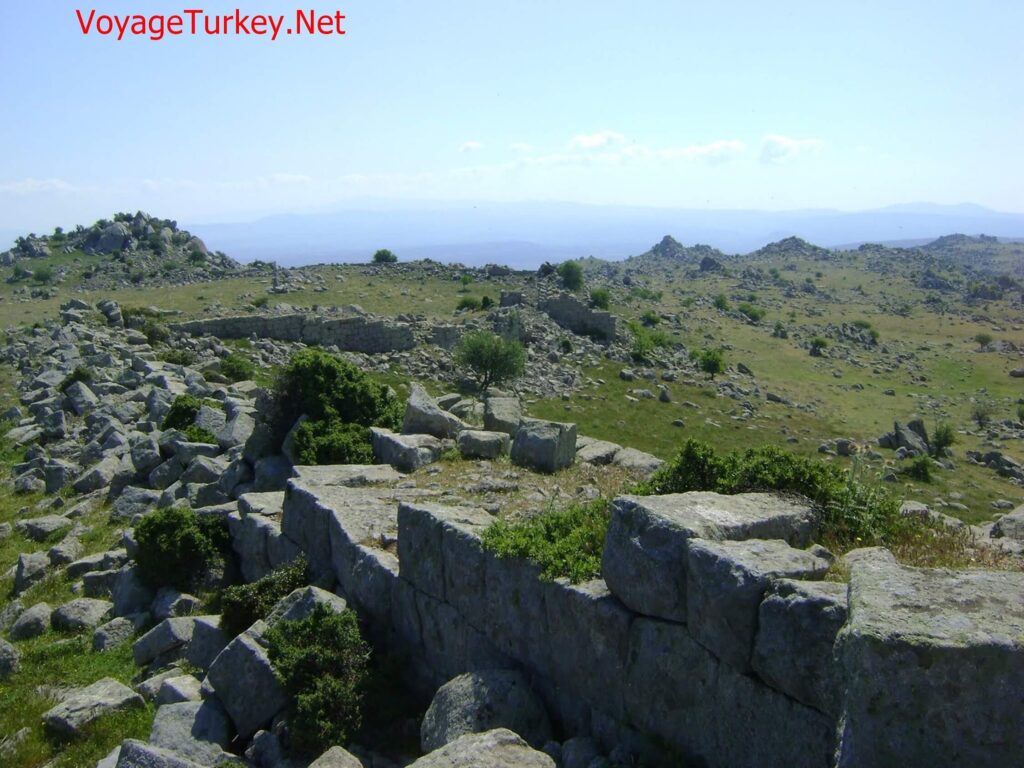
Neandria’s gigantic walls that have remained intact until today are very impressive. Covering a large area of the settlement, the walls and towers are very interesting.
History of Neandria
Information about the establishment of the city is insufficient. However, the discovery of the graves dating to the 7th century BC in archaeological excavations suggests that the city might have been founded at that time. This ancient city was founded as a Greek colony by Aeolian settlers. After the foundation of Alexandria Troas in the 4th century BC, the inhabitants of the region migrated there. It is believed that the city was abandoned at the end of the 4th century BC (around 310 BC).
The most important of the ruins in the city walls and temples. The temple, estimated to have been built in the middle of the 6th century BC, is the oldest known temple in Anatolia. In his book Neandria, published in 1891, R. Koldewey called this temple the Temple of Athena of Neandria. This one-room temple consists of a cella on a podium. The temple has an Aiol-style. This column cap is exhibited in Istanbul Archeology Museum today.
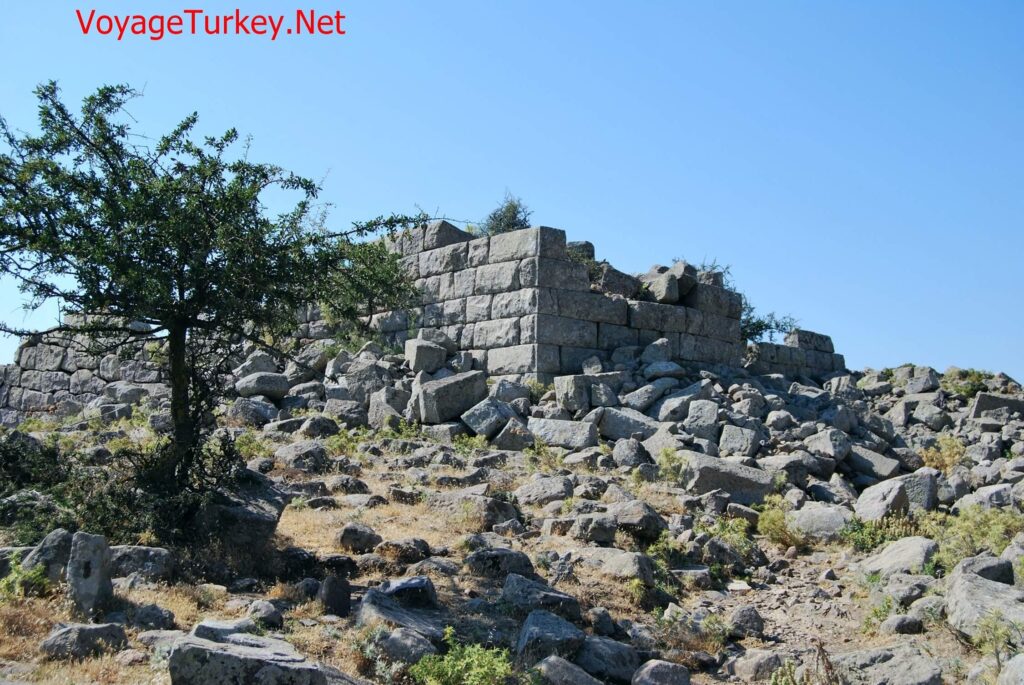
The wall thickness of the archaic wall is 2.10-2.25 m and its height is 16.5 m in places. It is thought that the city walls were rebuilt in the 5th century BC and in a bigger way considering the increasing population. Koldeway stated that this wall was built by the Lydians around 550 BC.
There is also a primitive theater in the city consisting of the only orchestra. Approximately 15 m in diameter, the theater was built on a hillside and surrounded by walls on three sides.
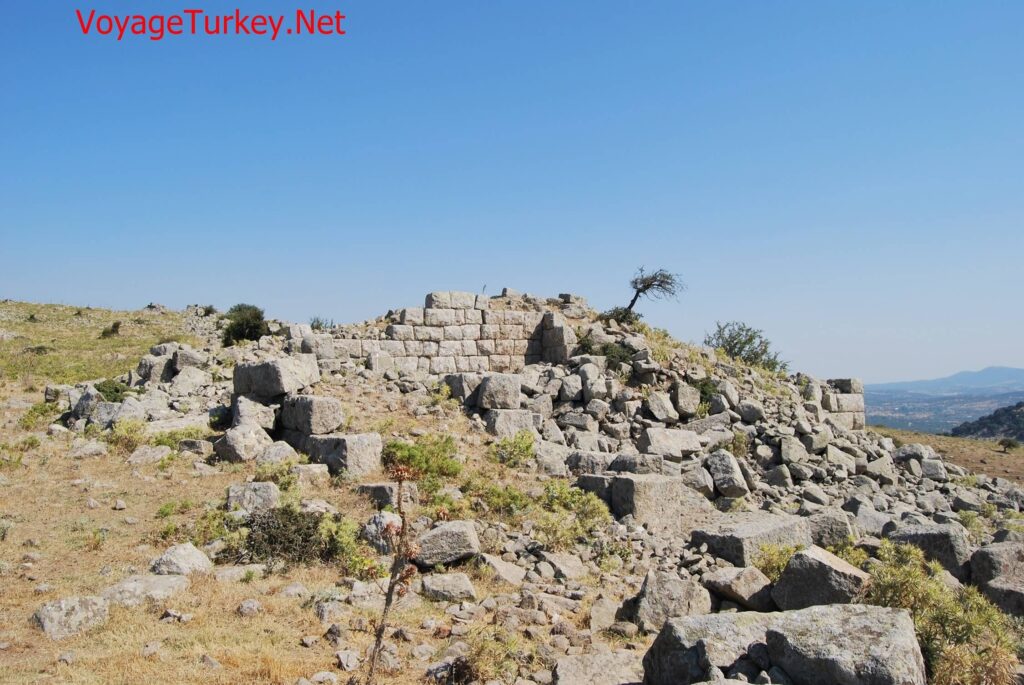
The city has two agorae built in both the Archaic and Classical Periods. It boasts the Temple of Athena, which is architecturally important because of its column capitals in the Aelian style.
The entrance to Neandria is free of charge.
